The world of reptile keeping has seen a surge in popularity over the past decade, with enthusiasts constantly seeking ways to recreate naturalistic habitats for their scaly companions. Among the many species that have captured the hearts of hobbyists, the crested gecko (Correlophus ciliatus) stands out as a particularly fascinating subject. Native to New Caledonia, these arboreal creatures spend most of their lives climbing and hiding among vegetation. This brings us to an often-overlooked aspect of their care: the selection of climbing plants that not only enhance their enclosure's aesthetics but also contribute significantly to their physical and psychological well-being.
When designing a vivarium for crested geckos, the choice of climbing plants goes far beyond mere decoration. These plants serve as vital components of the gecko's environment, offering climbing surfaces, hiding spots, and even supplemental food sources. The right selection can mean the difference between a stressed animal and one that thrives in captivity. However, not all plants are created equal when it comes to meeting the specific needs of these unique reptiles.
Understanding the natural habitat of crested geckos is crucial for making informed plant selections. In the wild, these geckos inhabit rainforests where they navigate a complex network of branches, vines, and broad leaves. The humidity levels in these environments remain consistently high, and the canopy provides dappled sunlight rather than direct exposure. These factors immediately eliminate many common houseplants that might otherwise seem suitable for a reptile enclosure.
One of the most recommended plants for crested gecko enclosures is the pothos (Epipremnum aureum). This hardy vine checks all the boxes for an ideal climbing plant: it thrives in high humidity, grows rapidly, and provides excellent coverage. The broad, sturdy leaves offer perfect perching spots for geckos, while the trailing vines create natural pathways between different levels of the enclosure. Pothos also has the advantage of being exceptionally forgiving when it comes to care, making it ideal for both novice and experienced keepers alike.
Another excellent choice is the philodendron family, particularly the heartleaf variety (Philodendron hederaceum). Like pothos, these plants adapt well to the warm, humid conditions of a crested gecko habitat. Their leaves grow large enough to support an adult gecko's weight, and the vining growth habit creates a lush, jungle-like environment that mimics the gecko's natural surroundings. Philodendrons also have the added benefit of being relatively resistant to the occasional nibble from curious reptiles.
For those seeking a more visually striking option, bromeliads present an interesting alternative. While not traditional climbers, many bromeliad species grow well when mounted on branches or background surfaces. Their stiff, overlapping leaves form water-holding tanks that can help maintain humidity levels in the enclosure. Crested geckos often enjoy hiding in the leaf axils of larger bromeliads, and some keepers report their geckos drinking from the water reservoirs formed by the plants.
The importance of plant safety cannot be overstated when selecting vegetation for a crested gecko enclosure. Many common houseplants contain compounds that can be toxic if ingested, and while crested geckos aren't primarily herbivorous, they may occasionally sample their surroundings. Plants in the Dracaena family, for instance, should be avoided due to their potential toxicity. Similarly, plants treated with pesticides or chemical fertilizers pose significant risks and should never be introduced to a reptile habitat.
Beyond toxicity considerations, the physical characteristics of plants play a crucial role in their suitability. Plants with sharp edges, thorns, or particularly rough textures can injure a gecko's delicate skin, especially during shedding periods. The ideal climbing plant for crested geckos should have smooth but textured surfaces that allow for secure footing without causing abrasions. The leaf size should also be appropriate - too small, and they won't provide adequate support; too large, and they may overwhelm the enclosure or make it difficult for the gecko to move freely.
Maintenance requirements form another critical factor in plant selection. While live plants offer numerous benefits over artificial alternatives, they do demand proper care to thrive in an enclosed environment. Fast-growing species like pothos may need regular trimming to prevent them from overtaking the vivarium. Plants that require intense lighting may not be suitable unless the enclosure is specifically designed to accommodate their needs. It's essential to strike a balance between the plants' requirements and the gecko's welfare when designing the perfect habitat.
The integration of climbing plants into a crested gecko enclosure presents an opportunity to create a truly bioactive setup. When combined with appropriate substrate and clean-up crews like springtails and isopods, live plants contribute to a self-sustaining ecosystem that requires less frequent cleaning and provides a more natural environment for the gecko. This approach not only benefits the animal but also creates a stunning display that can rival any piece of living art.
Seasoned keepers often recommend introducing a variety of plant species to create visual interest and provide diverse microhabitats within the enclosure. A combination of vining plants, broad-leafed species, and perhaps a small fern or two can transform a simple tank into a miniature rainforest. This diversity allows the gecko to choose its preferred resting spots based on temperature, humidity, and light levels throughout the day, much as it would in the wild.
For those concerned about their ability to maintain live plants, certain artificial alternatives can serve as temporary solutions or supplements. However, it's worth noting that nothing quite matches the benefits of live vegetation. Artificial plants don't contribute to humidity regulation or air purification, and they lack the subtle movements that can stimulate a gecko's natural behaviors. If using artificial plants becomes necessary, selecting high-quality, realistic-looking options and combining them with at least some live specimens can help bridge the gap.
The placement of climbing plants requires thoughtful consideration to maximize their utility for the gecko. Vertical space should be prioritized, with vines and branches arranged to create multiple pathways between different levels of the enclosure. Plants positioned near heat sources or misting nozzles may grow differently than those in other areas, so regular observation and adjustment may be necessary. The goal is to create a three-dimensional environment that encourages natural climbing and exploration behaviors.
Observation becomes key after introducing new plants to a crested gecko's habitat. Some individuals may take to certain plants immediately, while others might ignore them completely. Paying attention to how the gecko interacts with its environment allows for fine-tuning of the plant selection and arrangement. A plant that one gecko uses extensively might be completely overlooked by another, highlighting the importance of tailoring the enclosure to the specific animal's preferences.
As the hobby continues to evolve, so too does our understanding of what makes an ideal crested gecko habitat. The trend toward more naturalistic, planted vivaria reflects a growing appreciation for the complex needs of these animals beyond basic survival requirements. By carefully selecting and maintaining appropriate climbing plants, keepers can provide their crested geckos with an environment that promotes physical health, mental stimulation, and natural behaviors - ultimately leading to happier, healthier animals that truly thrive in captivity.
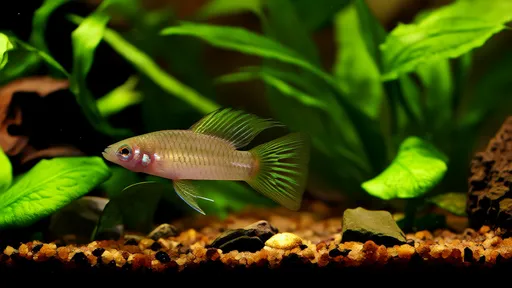
By /Jun 28, 2025
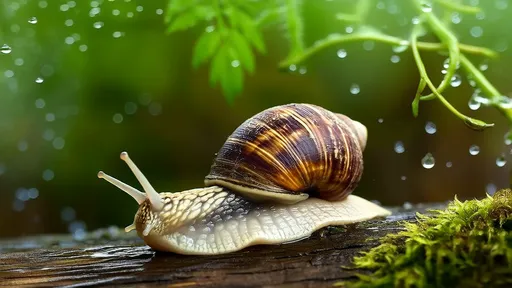
By /Jun 28, 2025
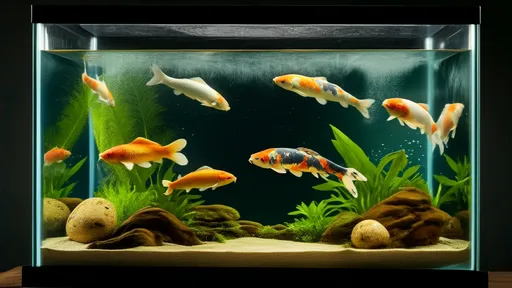
By /Jun 28, 2025
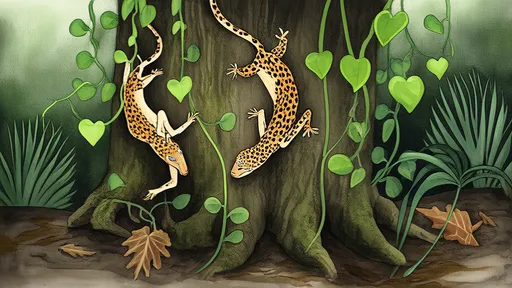
By /Jun 28, 2025
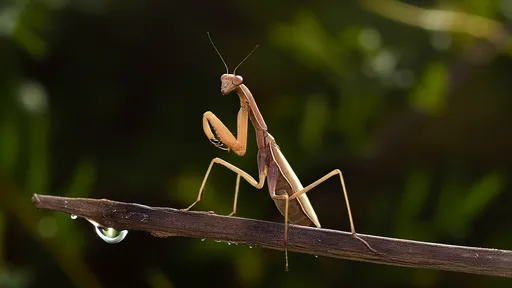
By /Jun 28, 2025
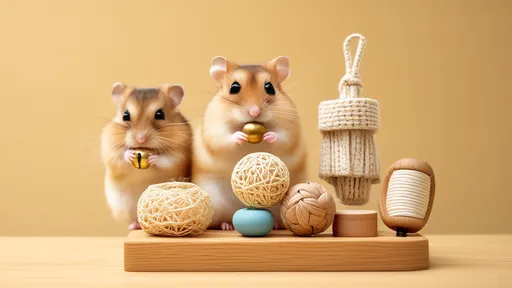
By /Jun 28, 2025
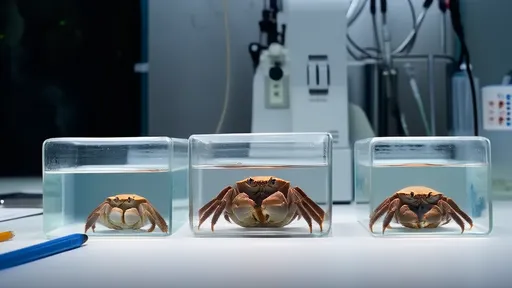
By /Jun 28, 2025
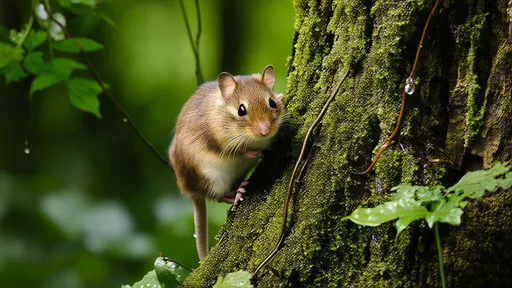
By /Jun 28, 2025
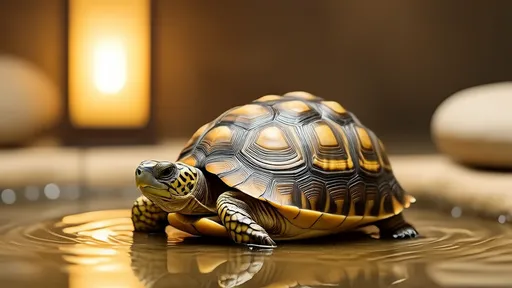
By /Jun 28, 2025
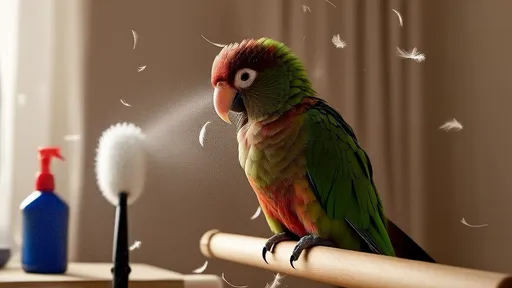
By /Jun 28, 2025

By /Jun 28, 2025
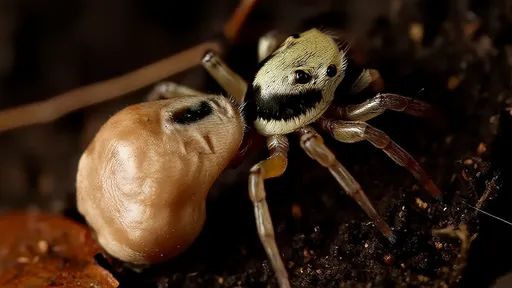
By /Jun 28, 2025
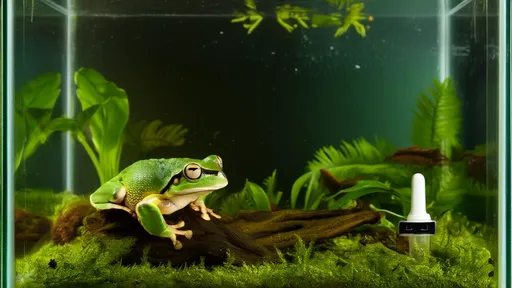
By /Jun 28, 2025

By /Jun 28, 2025
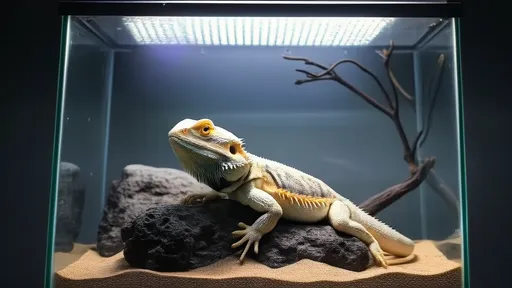
By /Jun 28, 2025
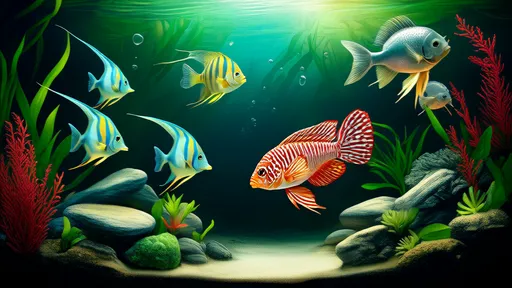
By /Jun 28, 2025
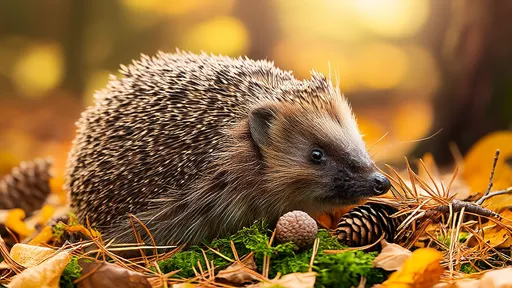
By /Jun 28, 2025